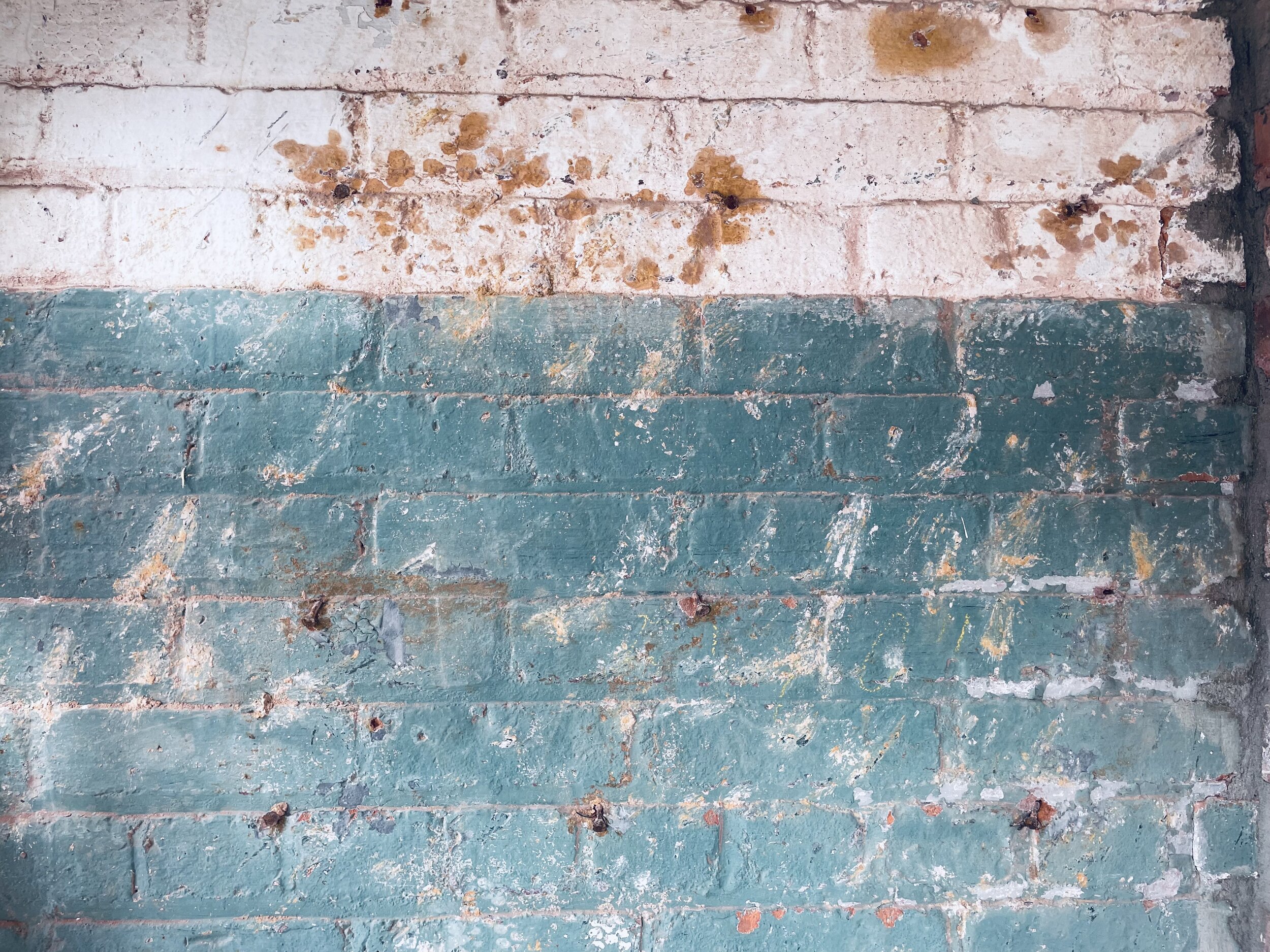
KinoSaito seeks to honor the architecture and history of its physical environment, the former St. Patrick’s School, a longtime mainstay of the Verplanck community. The school, which belonged to the parish of Verplanck’s Church of St. Patrick, was founded in 1891 and operated continuously for exactly a century, closing its doors in 1991, having fostered over five generations of students.
Before it was known as Verplanck’s Point, the area where KinoSaito now stands was referred to by the Native peoples of the area as Menagh, or small island, suggesting, perhaps, that the current peninsula was once separated from the mainland by a channel. This area, along the eastern shore of Mahikannituck (the modern-day Hudson River), is the ancestral homeland of the Wappinger people, a cultural and linguistic branch of the Lenape, whose lands span much of the northeastern United States.
In 1609, Henry Hudson encountered Wappingers and other Lenape on his trip up Mahikannituck, and soon after his voyage, Dutch settlers began to colonize Menagh and its surroundings. In 1683, a tribal council of chiefs deeded approximately 85,000 acres of Wappinger land to Francis Rombout and Gulian Verplanck. In exchange, the Wappingers received wampum, guns, gunpowder, cloth, shirts, rum, tobacco, and beer.
Verplanck is a town renowned for its role in the Revolutionary War. It was where George Washington’s army camped during the summer of 1781 before crossing the Hudson River on its march to Yorktown that fall. It is also notable for its multigenerational legacy of brickmaking. In the 1840s, John Henry—who bought much of the town’s land from its settling families, the Dutch American Van Cortlandts and Verplancks—opened the first brickyards in the town, just north of the Steamboat Dock. By 1884, there were ten separate brickyards operating in Verplanck, employing approximately 420 men (most of them recent Irish immigrants), and producing approximately 60 million bricks per year, making the town one of the major capitals of brickmaking in Gilded Age America. Evidence of this inheritance can be found today throughout Verplanck in many of the classic Greek Revival homes and rowhouses, and most notably in the KinoSaito Art Center building and adjacent house.

